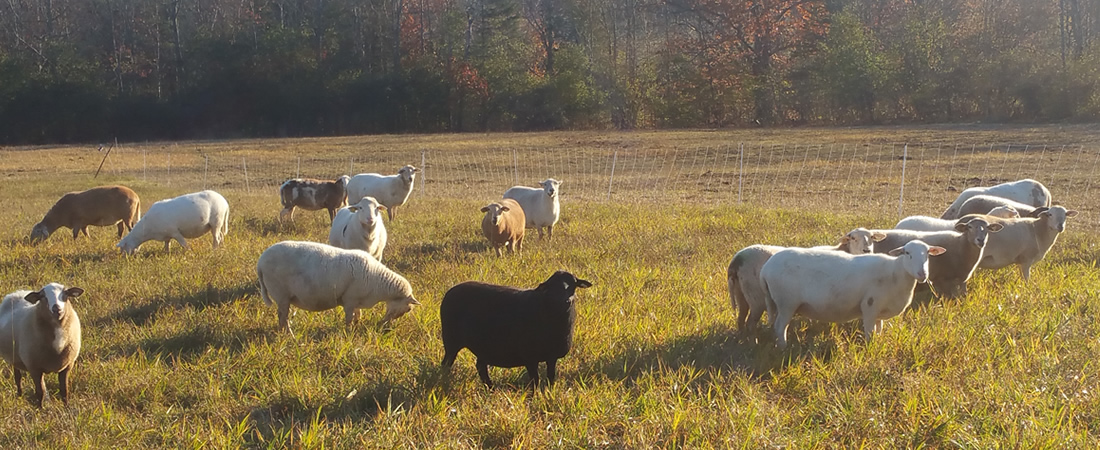Role in the Industry

Katahdin Hair Sheep are a modern composite breed that offer several distinct advantages in today’s sheep industry. Developed only since the 1950s, Katahdins are an assemblage of several breeds. Starting with hair sheep imported to the U.S. mainland from the U.S. Virgin Islands, the breed was improved for meat production by crosses with British breeds primarily Suffolk, and later Wiltshire Horn.
Such a cross resulted in capturing tremendous genetic diversity. Although Katahdins are widely considered a maternal or “ewe” breed, several breeders have focused on creating lines that are very large framed with large body weights, more consistent with those of terminal sire breeds. A few have focused on selection for milk production capitalizing on a growing interest in marketing artisanal cheeses. Further, Katahdins have the largest number of flocks participating in the National Sheep Improvement Program where development of Estimated Breeding Values for several economically important traits has propelled genetic improvement in the breed.
Whatever your interest in sheep and lamb production (with the exception of fiber) there are Katahdins somewhere that appear able to meet that demand. In the northeast, especially New England, Katahdins are extremely popular with small commercial producers looking for an efficient ewe capable of consistently weaning twins in a grass-fed system. Others with hobby flocks, or those simply seeking to produce freezer lambs for their family and friends, appreciate the low input and friendly disposition of the Katahdin ewe. In addition, larger often commercial flocks of 100 or more ewes, enjoy the adaptability of the breed to efficiently convert a variety of forages into a quality carcass under conditions ranging from intensive rotational grazing to dry-lot production.
By several measures, Katahdins have been the most popular breed in the U.S. for the past several years. Their mothering abilities, parasite resistance, and ability to produce quality lambs under low input systems are a large reason why. If you have a niche in the sheep industry, no matter how large or small, the Katahdin ewe can be an effective means of exploiting it.
